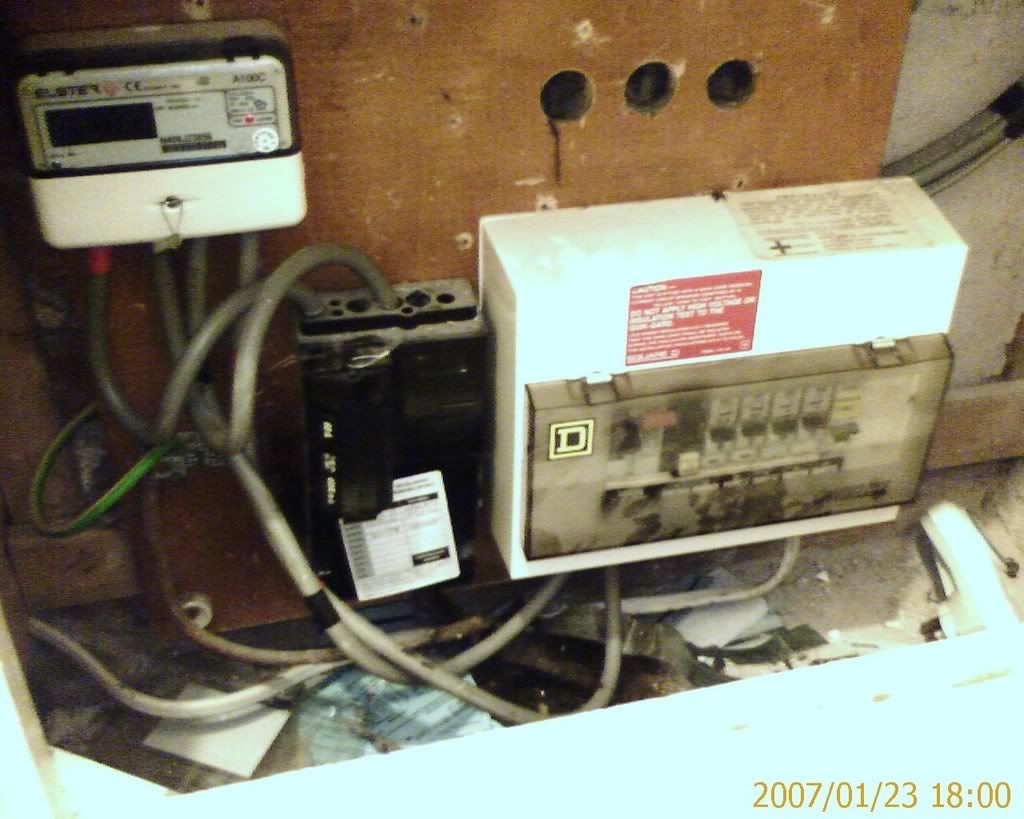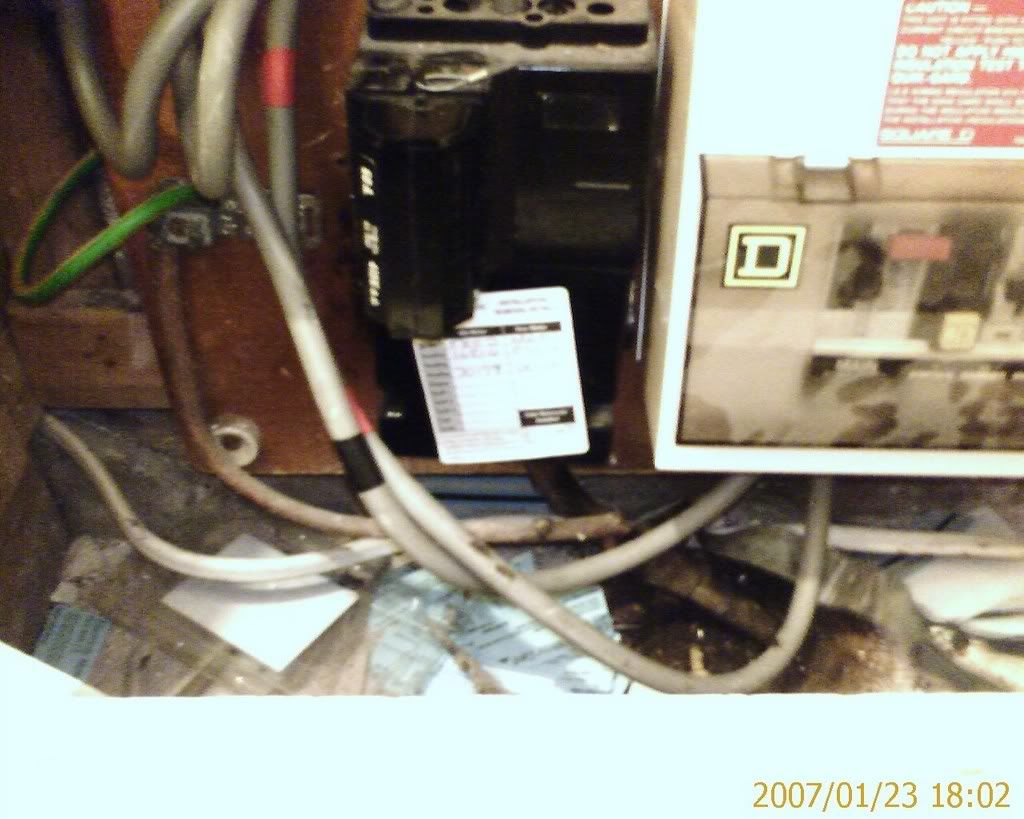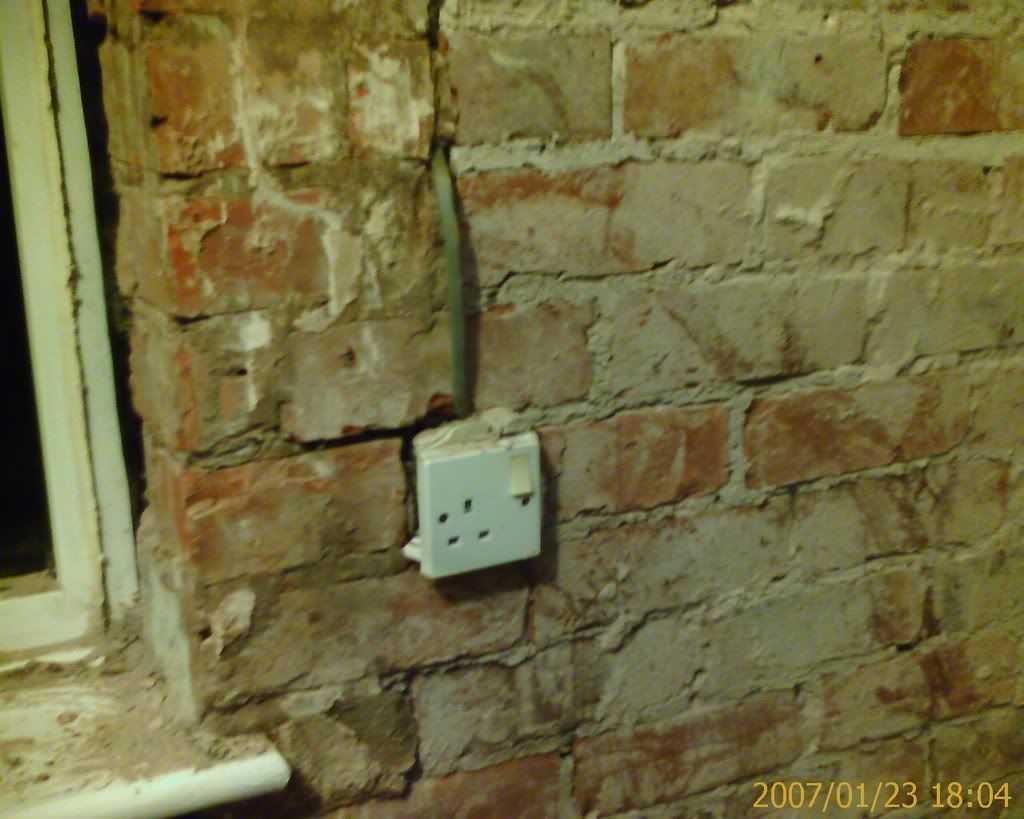Hey all,
Been lurking for a while and this is my first post asking for help.
I'm refurbing my delapidated new house. As the electrics are a disgrace and I'm fitting a new kitchen I figure it would be sensible (and in any event compliant) to install a new, separate ring in the kitchen.
Because of this, and because I'm fitting extra showers and a new circuit for outside lights among other stuff I need to fit a larger CU which, if my supply is right, will be split load and I'd like a bit of advice because I haven't got any money and am doing as much as I can myself.
I know it's notifiable - BC have been informed and all will be inspected and certified before being covered up. I also know I'm not a pro spark but would be grateful if people could refrain from telling me to pay a pro to do it. I'd love to but can't afford to. Having said that, while I don't intend on killing myself, if something I say raises concern then please tell me so (but without telling me to get a pro in - I'll only do that if I seriously mess something up and can't figure out what).
I've attached a couple of pics of my incoming supply and the current CU. Although it doesn't appear too clear from the pics, can anyone confirm whether my supply is, as I think, TNS?
You'll also note there's no isolator switch but if you look at the main fuse closely you'll see the security tag doesn't actually pass through the fuse. To save me waiting for the installation of an isolator is it safe enough to replace the CU if I switch off the supply at the existing CU and then the main fuse happens to fall out?
Any advice appreciated other than the pay a pro advice.


IMG]http://i159.photobucket.com/albums/t157/FredFlintstone_album/02_Incoming.jpg[/IMG]
Been lurking for a while and this is my first post asking for help.
I'm refurbing my delapidated new house. As the electrics are a disgrace and I'm fitting a new kitchen I figure it would be sensible (and in any event compliant) to install a new, separate ring in the kitchen.
Because of this, and because I'm fitting extra showers and a new circuit for outside lights among other stuff I need to fit a larger CU which, if my supply is right, will be split load and I'd like a bit of advice because I haven't got any money and am doing as much as I can myself.
I know it's notifiable - BC have been informed and all will be inspected and certified before being covered up. I also know I'm not a pro spark but would be grateful if people could refrain from telling me to pay a pro to do it. I'd love to but can't afford to. Having said that, while I don't intend on killing myself, if something I say raises concern then please tell me so (but without telling me to get a pro in - I'll only do that if I seriously mess something up and can't figure out what).
I've attached a couple of pics of my incoming supply and the current CU. Although it doesn't appear too clear from the pics, can anyone confirm whether my supply is, as I think, TNS?
You'll also note there's no isolator switch but if you look at the main fuse closely you'll see the security tag doesn't actually pass through the fuse. To save me waiting for the installation of an isolator is it safe enough to replace the CU if I switch off the supply at the existing CU and then the main fuse happens to fall out?
Any advice appreciated other than the pay a pro advice.


IMG]http://i159.photobucket.com/albums/t157/FredFlintstone_album/02_Incoming.jpg[/IMG]



